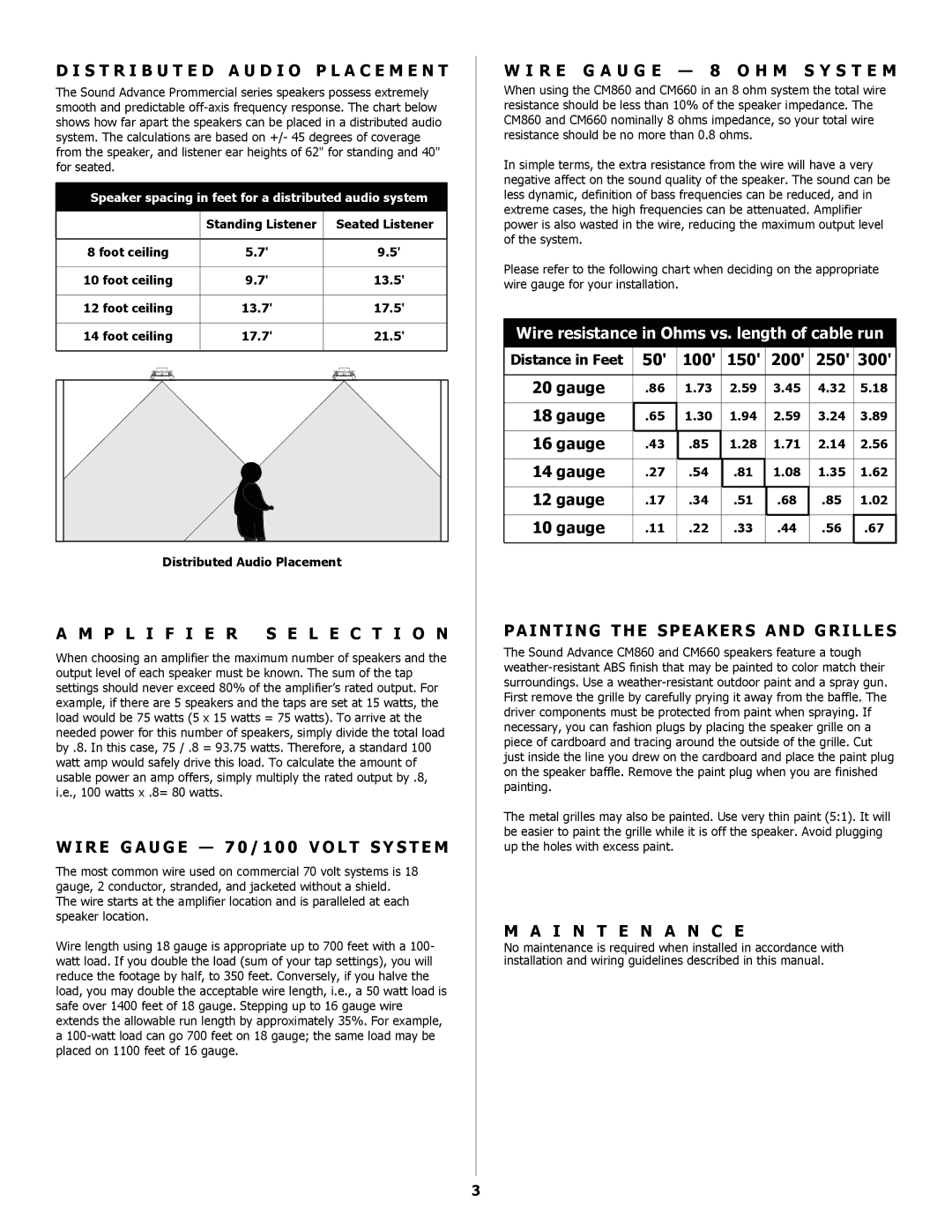CM860, CM660 specifications
The Southwestern Bell CM660 and CM860 are two notable models in the category of broadband modems that cater to both residential and commercial users. These devices are designed to offer high-speed internet access, providing an essential connection point for various online activities, from streaming and gaming to remote work and browsing.The CM660 is known for its user-friendly interface and reliable performance. It supports DOCSIS (Data Over Cable Service Interface Specification) technology, which enables high-speed data transfer over cable television systems. This modem can deliver speeds up to 300 Mbps, making it suitable for households with multiple devices and high bandwidth demands. Its compact design allows for easy placement in any environment, and it is compatible with most major cable providers. The CM660 also features Ethernet ports for wired connections, along with a simple setup process, allowing users to get online quickly without the need for professional installation.
On the other hand, the CM860 takes performance a notch higher with advanced features. This modem supports DOCSIS 3.0, which means it can handle increased bandwidth and offer faster data rates, up to 600 Mbps. This is particularly beneficial for users who stream 4K videos or participate in online gaming where latency and speed are critical. The CM860 comes equipped with multiple downstream and upstream channels, enhancing its overall speed and performance. Its built-in security features help protect users from potential online threats, adding an extra layer of safety to their internet experience.
Both models boast strong build quality and durability, ensuring long-term reliability. They are designed with energy efficiency in mind, consuming less power while delivering high performance. Installation is straightforward, with LED indicators that provide real-time updates on connectivity status. Additionally, both modems can easily accommodate future upgrades as internet technologies evolve, ensuring they remain relevant in an ever-changing digital landscape.
In summary, the Southwestern Bell CM660 and CM860 are well-engineered modems that offer essential features for enhancing internet connectivity. With their support for DOCSIS technology, high-speed capabilities, and user-friendly designs, they are excellent choices for consumers looking for reliable and efficient broadband solutions. Whether for home or business use, these modems provide the necessary tools for maintaining a seamless online experience.

